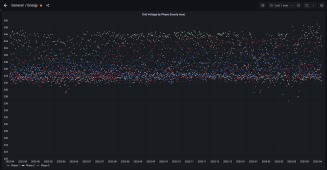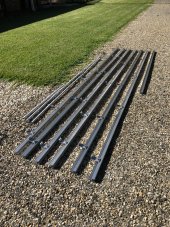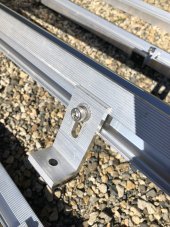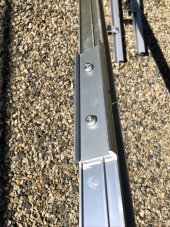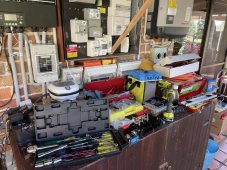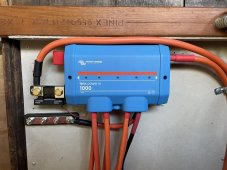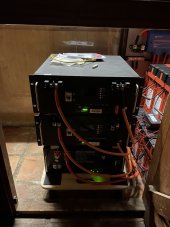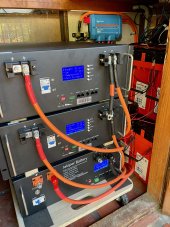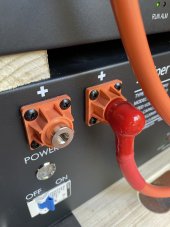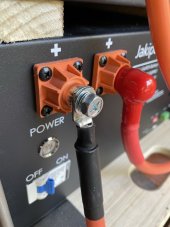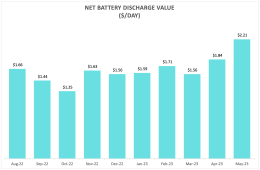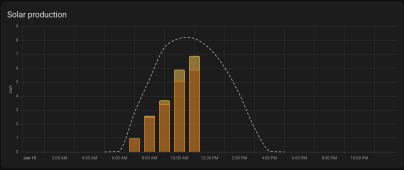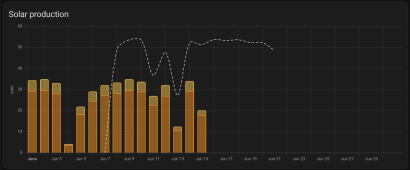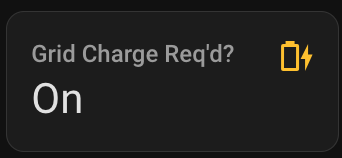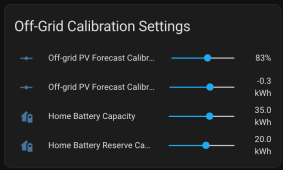wattmatters
Solar Wizard
According to my manual there is an output voltage setting, #10 in the menu options:Love to know how and why my settings changed, especially since 230V is the default setting...
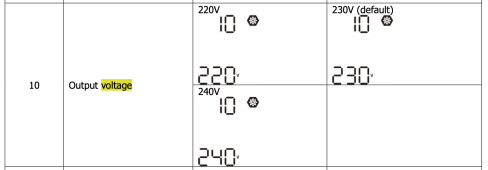
I just checked and that option appears in my inverter's set up menu. I didn't make the change as the house is currently running from the inverter (and I don't know what the consequence of making the change would be while it is operating) but I'll have a look at that tomorrow.
I'm pretty sure I looked at this before but resigned myself to it being a 230 V output. If I can change it to 240 V, I will.
It may need for the inverter to be offline or not inverting at the time, not sure.





